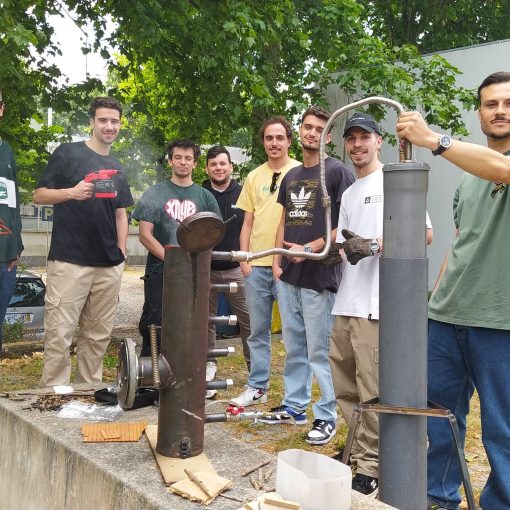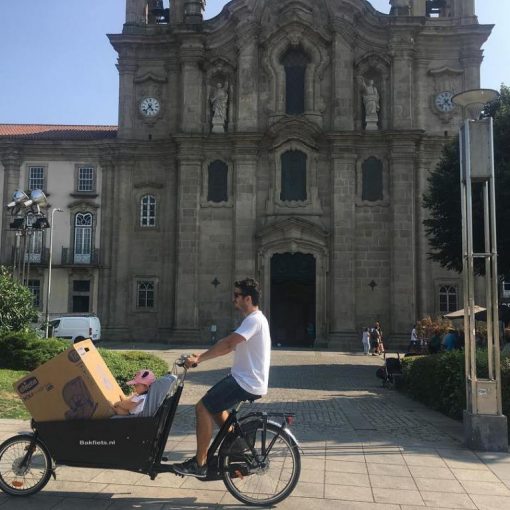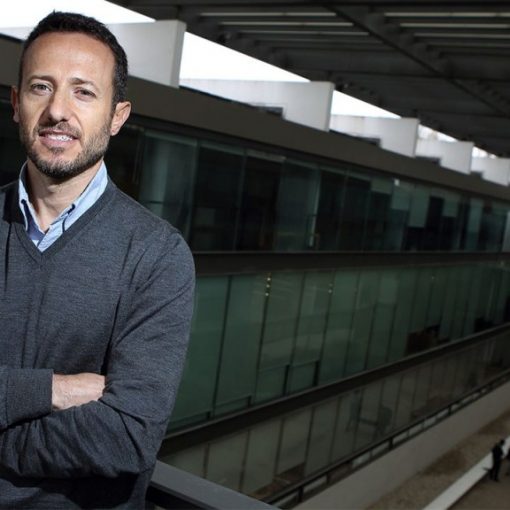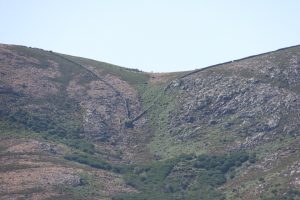 A team of researchers from the Department of Civil Engineering of the School of Engineering of the University of Minho and the Faculty of Architecture of the University of Porto, supported by the Municipality of Arcos de Valdevez, began the study of the fojos do lobo da Serra da Peneda, with the aim of getting to know this vernacular heritage in dry stone from the Northwest of Portugal and promote preservation.
A team of researchers from the Department of Civil Engineering of the School of Engineering of the University of Minho and the Faculty of Architecture of the University of Porto, supported by the Municipality of Arcos de Valdevez, began the study of the fojos do lobo da Serra da Peneda, with the aim of getting to know this vernacular heritage in dry stone from the Northwest of Portugal and promote preservation.
The first phase of the fieldwork took place on July 16 and 17, 2020. This is not the first study of its kind that the team is carrying out in this mountain area, and it is intended to follow up the good results of the 2014-2016 campaign, which focused on the Sistelo milds and the study of the pastoral structures in false summits.
The multidisciplinary research team analyzed two distinct typologies of fojos, used by local populations to manage the presence of the wolf in their environment. With an unavoidable presence in the landscape, both the fojo da Cabrita (Gondoriz) and the fojo de Seida (Gavieira), both in the municipality of Arcos de Valdevez, are examples of vernacular heritage of high tangible and intangible cultural value, being examples of undeniable authenticity and of the identity of local communities and their community practices in building and managing the territory.
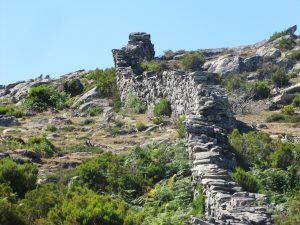 The work carried out was related to the collection of morphological and typological information of the structures under study and their surrounding territory, complemented with constructive analyses and their state of preservation. Digital information was also collected with a view to the construction of virtual models. The study of these structures allows to understand the strategies of implantation in the territory and in the relationship with the pastoral landscapes of the high arcuense mountain, as well as the high flexibility of the masonry technique in dry joints, adaptation to the conditioning of the territory and to the characteristics of the existing granite, and high resilience of the resulting structures.
The work carried out was related to the collection of morphological and typological information of the structures under study and their surrounding territory, complemented with constructive analyses and their state of preservation. Digital information was also collected with a view to the construction of virtual models. The study of these structures allows to understand the strategies of implantation in the territory and in the relationship with the pastoral landscapes of the high arcuense mountain, as well as the high flexibility of the masonry technique in dry joints, adaptation to the conditioning of the territory and to the characteristics of the existing granite, and high resilience of the resulting structures.
Serão futuramente desenvolvidos conteúdos em diversos formatos, capazes de contribuir para a divulgação do conhecimento deste tipo de património, promovendo a sua preservação junto da comunidade local e dos diferentes públicos que visitam este território, inserido no Parque Nacional Peneda-Gerês, declarado como Reserva Mundial da Biosfera pela UNESCO.
+Info: www.eng.uminho.pt, www.civil.uminho.pt, www.cmav.pt
